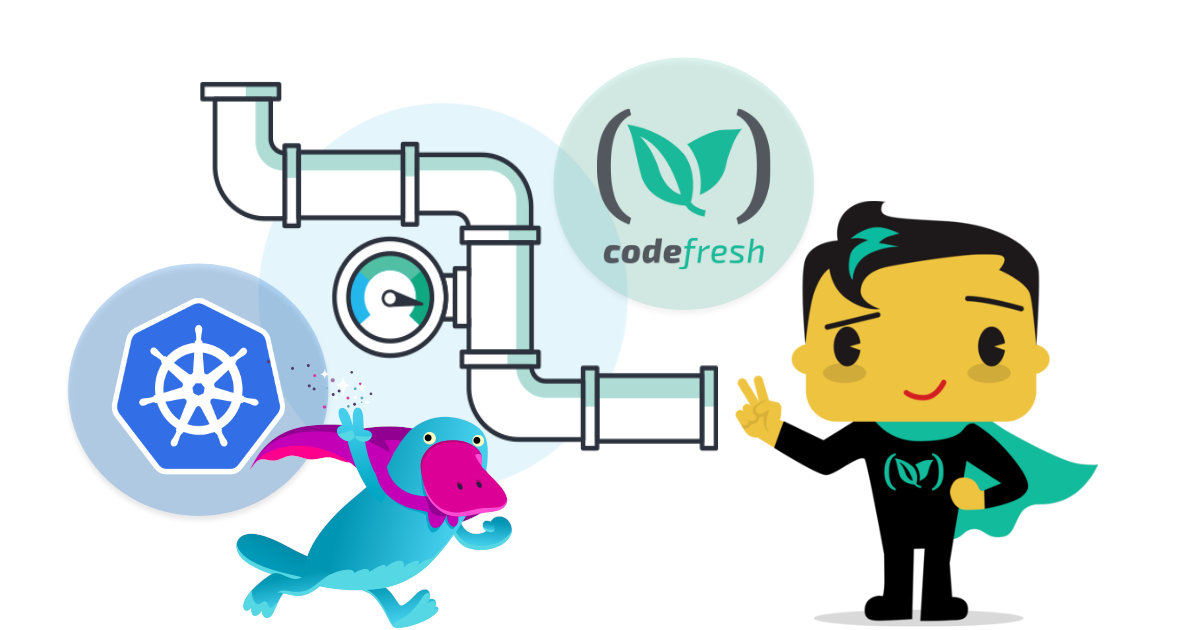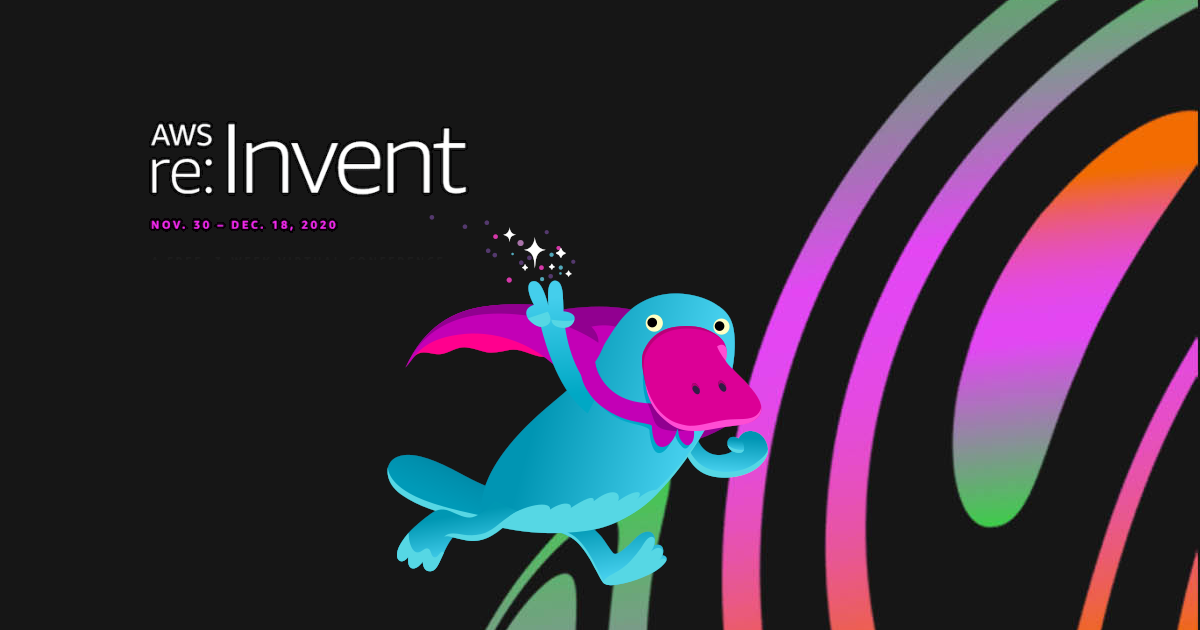CI/CD Pipelines for Kubernetes Apps with Pulumi & Codefresh

Delivering modern applications is complicated and requires the coordination of many moving parts. Applications are frequently updated to implement new features and improve security and performance, translating to a better user experience for your customers. To further complicate matters, infrastructure must also be deployed and maintained simultaneously with applications to avoid conflicts or dependencies.
Containerized applications deployed on Kubernetes are particularly susceptible to a misalignment between developers who frequently push changes and operators who want to maintain a stable architecture. Continuous Integration builds and tests software and delivers it as packages. Continuous Delivery or Deployment deploys applications on infrastructure. Let’s take a look at how we can accomplish CI/CD for both applications and infrastructure.








